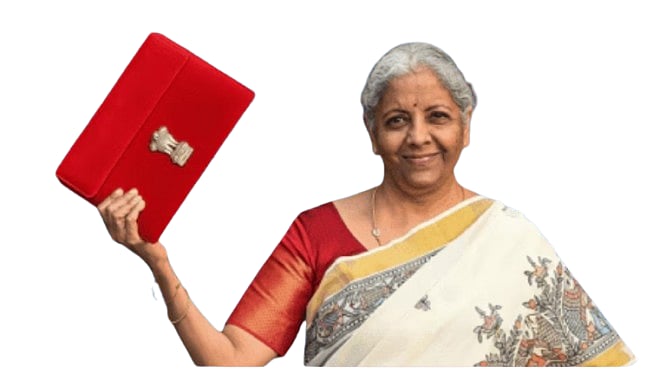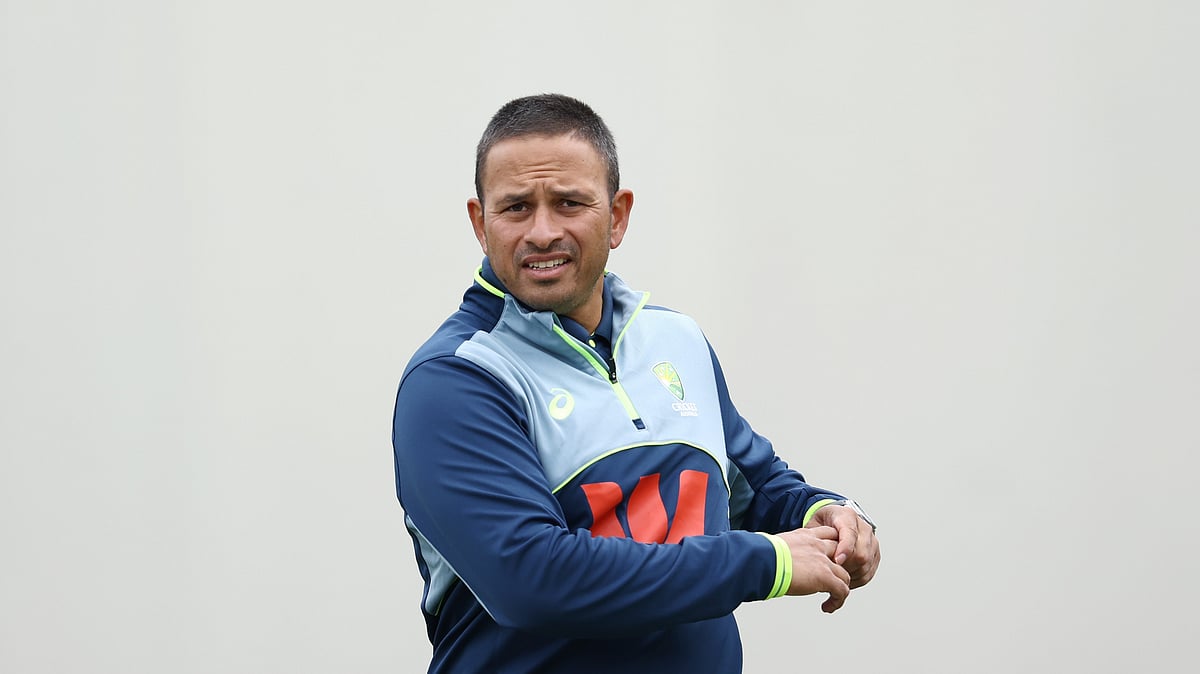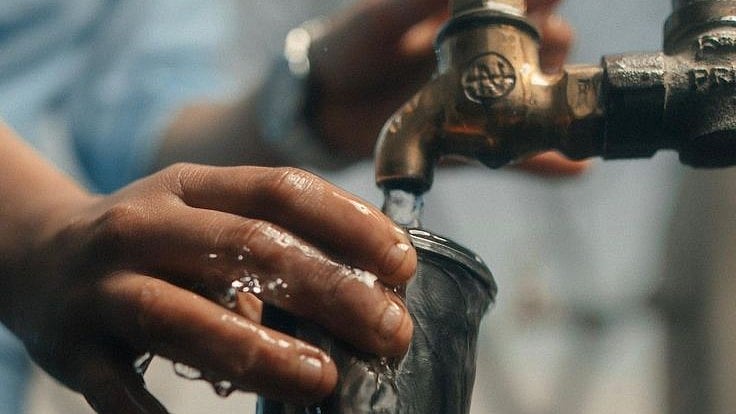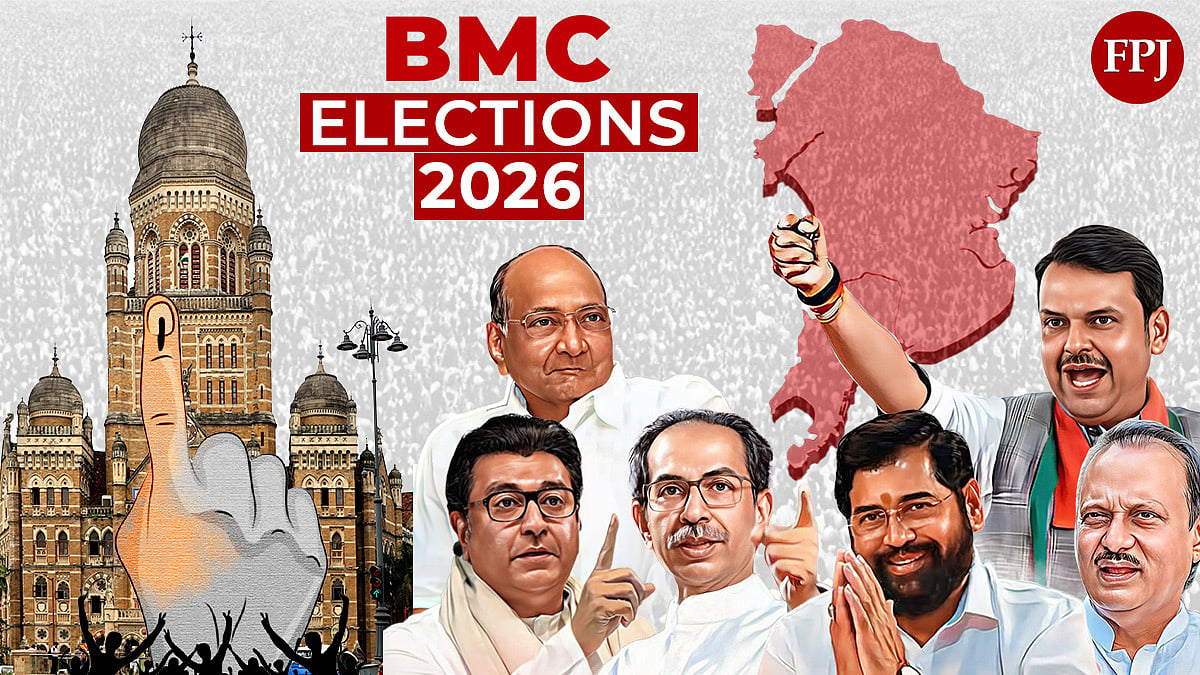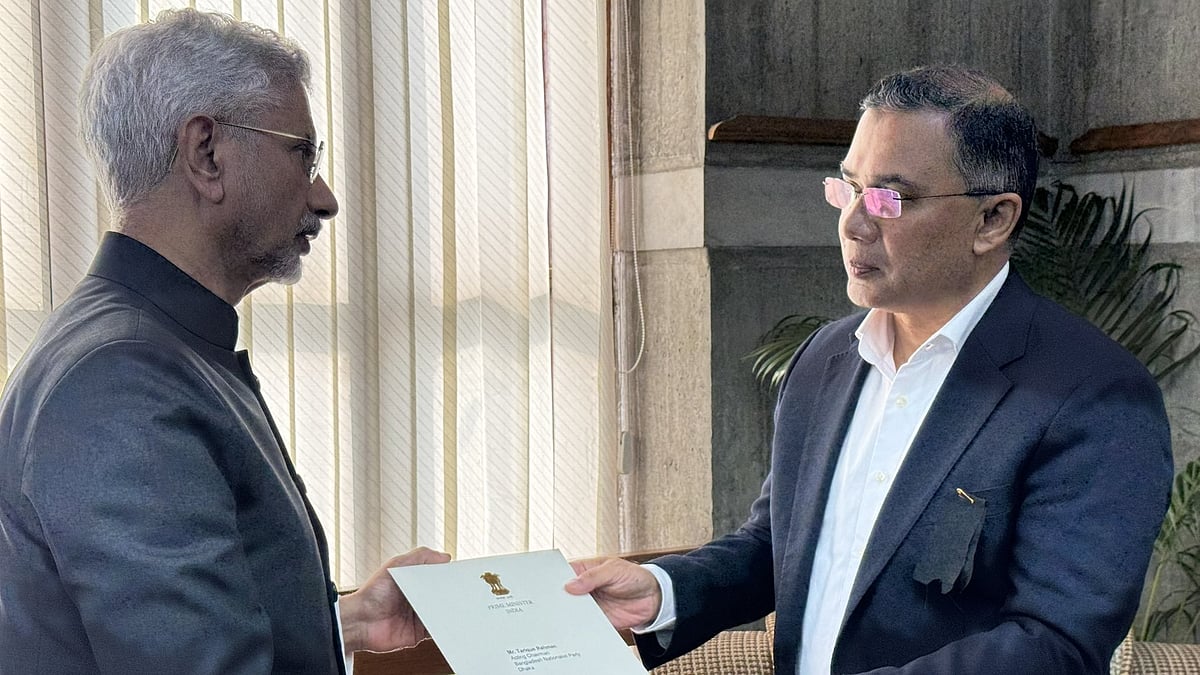In 2014, though the Narendra Modi wave was visible across the country, pollsters and political pundits were not sure of the Bharatiya Janata Party romping home with full majority on its own. Even the saffron party was not confident enough of crossing the simple majority mark. Neither did the Congress expect to score its lowest seat tally. The anti-Congress sentiment, largely because of the India Against Corruption movement led by Anna Hazare and spotlit by media, was so strong that the BJP benefited massively from a negative vote against the Congress. The Congress lost badly because it did not have a convincing counter-narrative.
Nor did it talk about its achievements during the 10 years of UPA rule — MNREGA, Right to Food Act, Right to Education Act, Right to Information Act and high economic growth that lifted millions out of poverty. Allegations of corruption and high inflation were the major issues that were exploited by Narendra Modi who campaigned on a platform of change and inclusionary development to bring down the curtain on the Congress-led UPA government. If 2014 was an election for change, it was also an election of hope. It played well on a narrative that pitted a 56-inch-chest hero out to rescue the nation against an identifiable villain.
In 2019, the BJP had a lot of things going against it — demonetisation, the hastily-imposed GST, and many unfulfilled promises. Facing a stiff challenge from the Congress, the BJP was expected to lose a good number of seats in the Hindi heartland. Then the Pulwama terrorist attack and the retaliatory Balakot airstrikes happened in mid-February. The nationalist sentiment that PM Modi evoked at every election rally and his frequent exhortation around Balakot and terrorism helped turn around the BJP’s waning fortunes. As the Opposition had no counter, Pulwama and Balakot heavily influenced the BJP’s campaign, and Modi’s jingoistic narrative delivered a bigger victory for the BJP.
Both 2014 and 2019 were wave elections. But 2024 is not only a waveless but a lacklustre election. A record turnout in 2019 had helped BJP tremendously and the party was hoping that Modi’s popularity and his consecration of the Ram temple earlier this year would lead to a repeat. That does not seem to be happening and people have already voted for 380 seats that have gone to the polls in four phases so far. While the BJP is still the pollsters’ favourite to win, the party and its leaders appear to be oddly nervous. This is because the election has not panned out as the party expected, and the BJP’s worries are compounded by the INDIA bloc’s challenge which, according to reports, is proving to be too tough for the BJP to neutralise.
In fact, various ground reports from the battleground states — Bihar, Maharashtra, Karnataka, Uttar Pradesh, and West Bengal — and some of the Hindi heartland states like Madhya Pradesh and Rajasthan suggest that the election dynamics have turned against the BJP and worries are piling up for the Hindutva party which is likely to struggle to get a working majority. This is evident in Modi’s demeanour and messaging which has shifted from confident to shrill. Having stopped promoting his accomplishments of the past 10 years and his guarantees offered in the BJP’s manifesto for his third consecutive term, it is not without a reason that the prime minister’s campaign shifted to making the majority community fear and loathe the Congress and Muslims. Political analysts read this as a sign of panic and desperation.
Over the last one and a half months, quite a lot has happened in the country’s political theatre and a lot will happen over the remaining three phases of polling. A lower voter turnout has rattled the prime minister and his campaign managers, raising a question whether the BJP and its allies can win three-fourths of the Parliament’s 543 seats at stake, as predicted by opinion polls on the back of Modi’s popularity, welfare handouts and the inauguration of the Ram temple. Although a lack of momentum in the first three phases of polling has dampened hopes of a huge majority for the party, still the feeling in the saffron camp is that the BJP is likely to retain power.
Political analysts and pollsters sympathetic to the saffron party are of the view that though voting numbers are below expectations, they would not have much impact on the overall results. This is however, contested by many politically neutral analysts. Much of the media punditry and political expertise is on the expected lines — “in any case Modi will win”. But there are many others whose opinion has a caveat — “Modi will win but with a reduced majority”. The problem with this view is that it ignores the quietly simmering anger among voters on livelihood issues. In absence of a national narrative, Modi is confronted with dozens of local issues and societal discontent. That explains why the BJP has been unable to find one encompassing narrative that can resonate across the country.
In the ongoing election, Modi’s biggest problem is how to react to the unemployment problem when there are no jobs, how to handle the criticism about stagnant wages and agrarian crisis, and how to woo women voters who are burdened with rising prices. The prime minister’s incoherent election campaign, which has moved from one inane issue to another, has been reduced to an exercise of firing in the dark. Four phases into the seven-phase election, most conventional expectations seem to have been upended and reading of voter sentiment indicates that things are not going the BJP way. However, the election is still a close contest and it is difficult to predict whether anti-incumbency sentiment and voters’ disenchantment with the Modi government will deliver a good number of seats for the INDIA bloc to reach the majority mark.
There are two divergent views on the election’s outcome. One, the BJP is most likely to get around 300 seats. Two, BJP is unlikely to get a simple majority and there are doubts whether the NDA will even reach the 272-mark. This means two possibilities: either BJP will repeat its 2019 performance or 2024 will most likely see a repeat of 2004. Election strategist-turned-political activist Prashant Kishor does not see any meaningful decline in BJP’s seat tally. On the other hand, psephologist-turned-political activist Yogendra Yadav sees a decline of at least 50 to 60 seats for the BJP. There is a good chance that Yadav may be right: he has travelled widely in the Hindi belt to arrive at this conclusion.
The writer is a senior independent Mumbai-based journalist. He tweets at @ali_chougule

